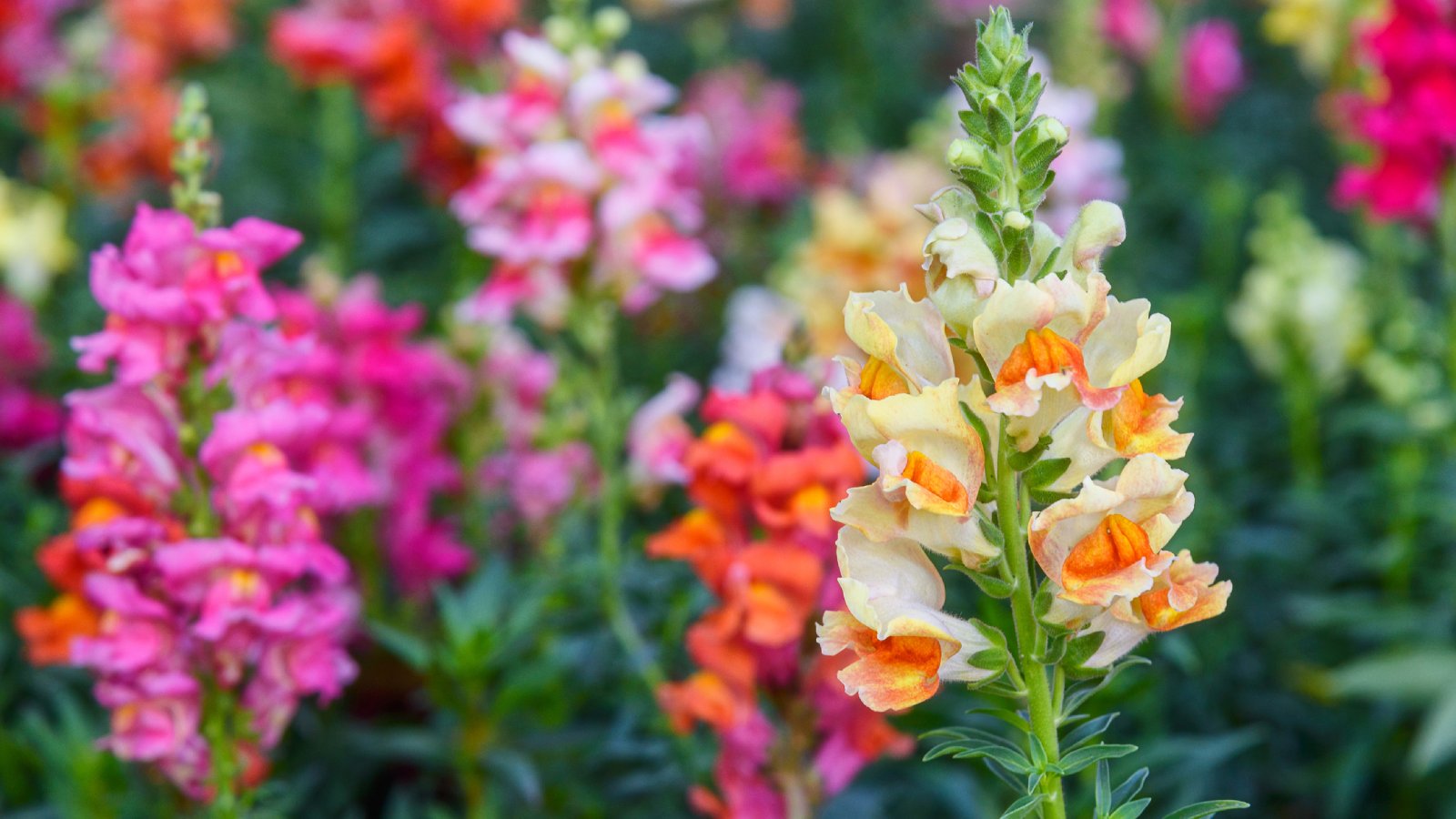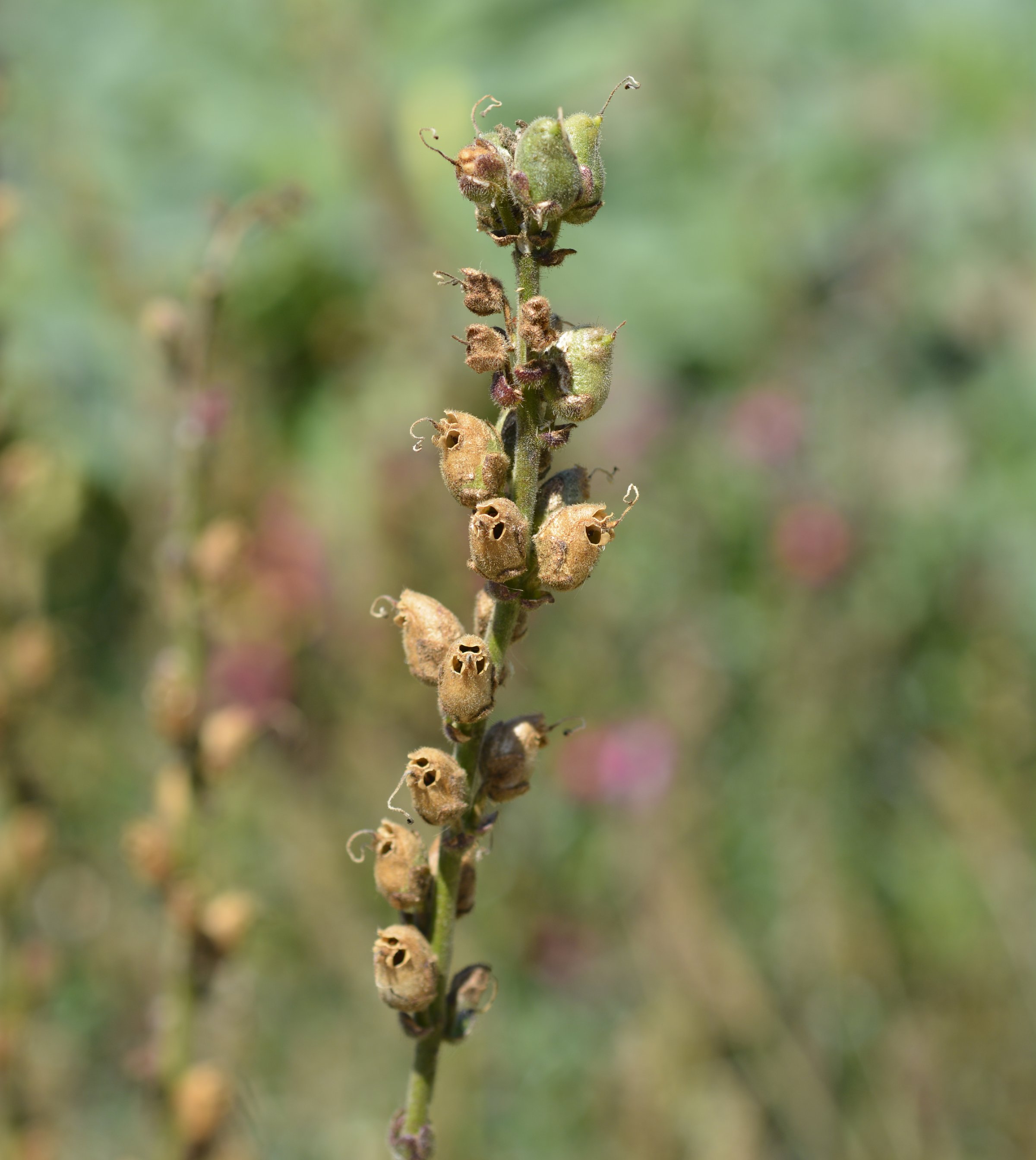When And How To Harvest Snapdragon Seeds For Years Of Blooms
Learn how to harvest snapdragon seeds to replenish those frilly, familiar garden flowers for everything from weddings to beautiful bouquets on your table.


Snapdragons are unique annual flowers named for their dragon-like blooms that open like a jaw when squeezed. They grow on tall spikes and come in many colors. Snapdragons will reseed themselves, but if you want more control over where you wind up growing snapdragons next year, consider harvesting and saving the seeds. It’s simple and easy to do if you know how and when to harvest snapdragons.
How to Identify the Best Seeds
If you don’t deadhead your snapdragons, the flowers will transform into unique-looking seed pods. Where are the snapdragon seeds? They are in these pods, which are brown and round and resemble skulls. The seeds, once you get them out of the pods, are very small, black, and round. They look similar to poppy seeds.
Because they are so small, it’s not worth sorting through snapdragon seeds to find the best-looking ones. When the time comes next year to start the seeds, use them all. Some will germinate and sprout and others won’t, but you should get enough seedlings.
To harvest snapdragon seeds, it’s more important to choose the best plants from which to harvest and save seeds. Choose a healthy plant that you like and want to propagate. Domesticated snapdragons self-pollinate, so you will get new plants true to the parent they came from.
How to Harvest Snapdragon Seeds

Once you’ve chosen target plants, you need to know when to harvest snapdragon seeds. The right harvest time will depend on your location and climate. Keep an eye on flowers as they fade and look for the seed pods to form. They’ll initially be green but not yet ready to harvest. Wait until they are entirely brown to harvest.
The time of day doesn’t matter for harvesting seed pods but do wait for a dry day and for any dew to dry from the plants. Pluck off the brown seed pods and gently crack them open using your fingernails. Do this over a white piece of paper so you can see and collect any seeds that fall out right away. Shake the open pod onto the paper or into a bag to collect them.
How Long Do Snapdragon Seeds Last? Storage Tips
Your snapdragon seeds will store well and be mostly viable for next spring. After a year, they will deteriorate and fewer will germinate. Store your seeds in a paper bag, envelope, or sealed plastic container in a cool, dry location.
Gardening tips, videos, info and more delivered right to your inbox!
Sign up for the Gardening Know How newsletter today and receive a free copy of our e-book "How to Grow Delicious Tomatoes".
The most important factor in keeping them viable is to avoid moisture. Make sure the seeds are completely dry before storing them. You can store them in the refrigerator but be sure the container is well sealed to prevent moisture from getting inside.
Best Snapdragon Varieties for Harvesting
You can save and use seeds from any type of snapdragon you grow. Here are some notable varieties to try for growing snapdragon seeds:
- Costa Silver - This is a medium-height variety with beautiful white flowers that develop a pink blush. They’re great for wedding or baby shower arrangements.
- Chantilly - Grow Chantilly in winter or winter into spring in warmer climates. This is a series of varieties in different colors, including yellow, pink, white, salmon, and peach, with pretty, open-face flowers.
- Madame Butterfly - Another series, these varieties have frilly, azalea-like flowers. Look for unique colors, like bronze, ivory, and bright pink.
- White Giant - Unfortunately, these do not have giant snapdragon seeds that are easier to work with, but this type will give you one of the tallest and most spectacular flower stalks, up to 4 feet (1.2 m) tall with white blooms.
Frequently Asked Questions
Do Snapdragons Come Back Every Year?
Snapdragons can be annual or perennial. Perennial varieties are not very long-lived. They will come back for a few years only. However, snapdragons will reseed, meaning they can come back every year as new plants.
Do Snapdragons Spread Easily?
Snapdragons spread readily as seeds are carried on the wind and by animals. If you don’t want them to spread, deadhead the flowers as they fade. This will prevent seeds from forming and spreading.

Mary Ellen Ellis has been gardening for over 20 years. With degrees in Chemistry and Biology, Mary Ellen's specialties are flowers, native plants, and herbs.